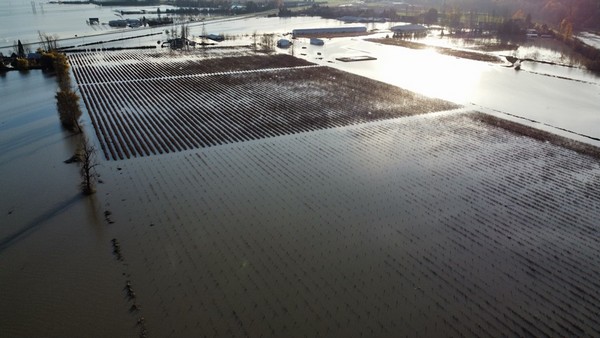#BotanicGarden #GreenhouseDesign #SustainableArchitecture #UrbanDevelopment #EnvironmentalInnovation #CommunityEngagement #HwaseongCity #BotanicalExperiences #GreenInitiatives #EcoFriendlyDesign
In the realm of agriculture and horticulture, innovation often leads the way, shaping not only the landscapes but also the experiences of those involved in the industry. Hwaseong City, known for its commitment to environmental sustainability, recently announced the results of its “Botanic Garden Hwaseong Greenhouse Design Competition.” The winning design, a collaborative masterpiece by architecture firms ㈜건축사사무소 본시 (Architecture Office Bonsi) and ㈜본시구도 (Bonsi Gudo Co., Ltd.), promises to revolutionize botanical gardens and greenhouse structures.
The project, titled “Botanic Garden Hwaseong,” envisions a sprawling 8,000 square meters of space dedicated to plants from various climates. More than just a greenhouse, it will serve as a focal point for the city’s “Botanic Garden Hwaseong” initiative, offering diverse programs ranging from educational activities to community engagement. The greenhouse aims to provide an immersive experience for visitors while minimizing its impact on the surrounding residential areas and adapting harmoniously to the natural landscape.
The winning design stood out for its central placement of the thematic exhibition space, surrounded by carefully planned community areas. This layout ensures a seamless flow of diverse experiences, catering to both plant enthusiasts and casual visitors. The architects’ approach, which emphasizes community engagement and environmental adaptability, aligns perfectly with Hwaseong City’s vision for sustainable urban development.
Latest Data and Trends:
Recent studies in the field of botanical gardens emphasize the importance of creating spaces that engage visitors on multiple levels. With the rise of eco-consciousness, botanical gardens worldwide are incorporating sustainable practices into their designs. The Botanic Garden Hwaseong’s focus on community involvement and minimal environmental impact aligns with these global trends, making it a pioneering project in the realm of green architecture and urban planning.
Hwaseong City’s decision to invest in the innovative “Botanic Garden Hwaseong” project reflects a broader trend in the agricultural and environmental sectors. As communities increasingly recognize the value of sustainable initiatives, projects like these serve as beacons of inspiration. The collaborative efforts of architects, environmental experts, and local authorities result in transformative spaces that not only educate and entertain but also foster a deep connection between people and nature. As we move forward, embracing such initiatives will be crucial in shaping a greener, more harmonious future for all.












